The Design Commission has approved Saltwood, a development with two six-story buildings on Blocks 291W and 292W of the Con-way Masterplan area of Northwest Portland. The development, designed by SERA Architects for Cairn Pacific, will include 354 units and 17,000 sq ft of retail space. 394 long term bicycle parking stalls and 362 parking spaces are proposed.
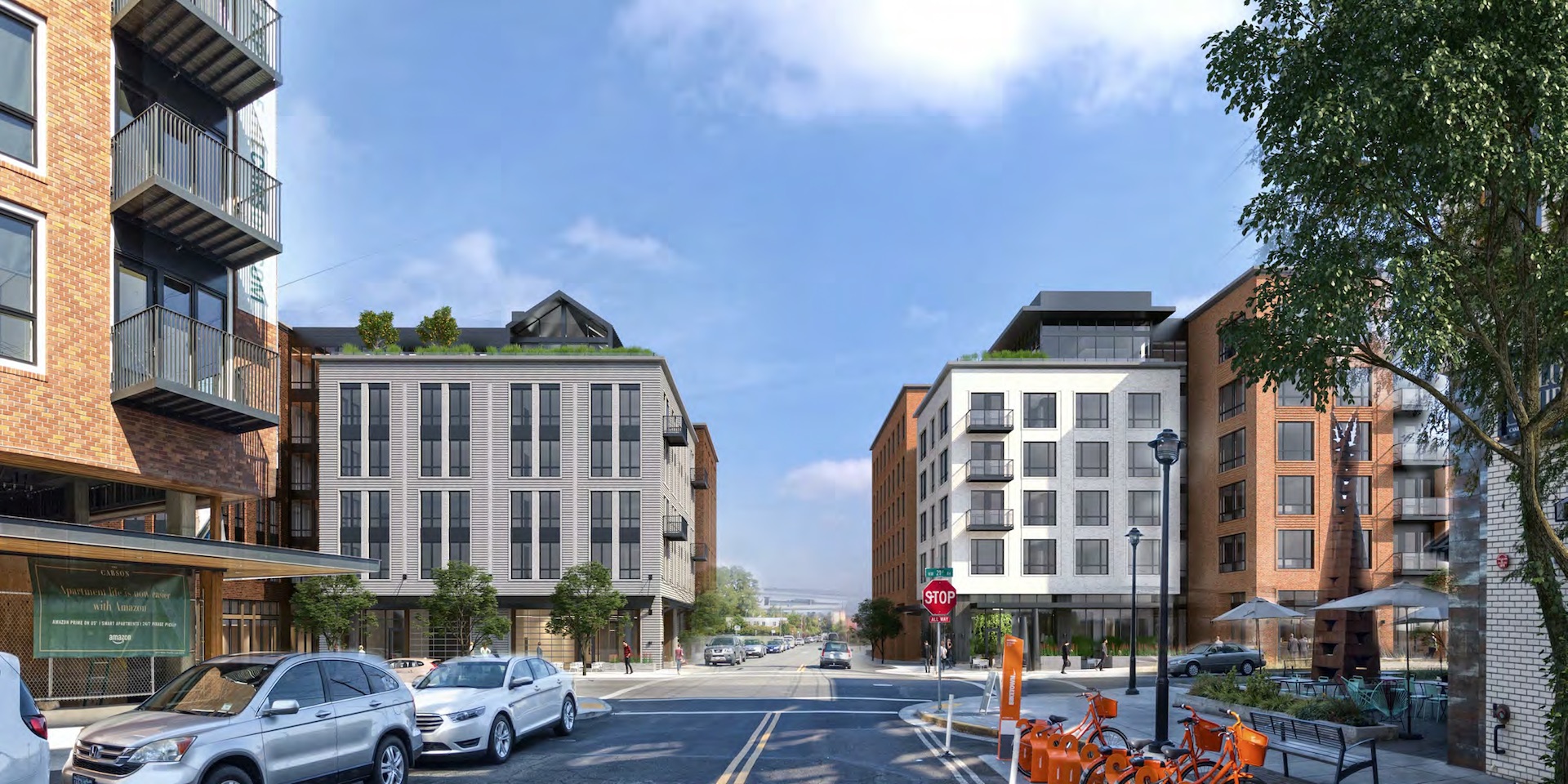
The project site is the western half of the two blocks bound by NW 21st Ave, NW Savier St, NW 20th Ave and future NW Quimby St. The site is currently used as surface parking for XPO Logistics, who purchased Con-way in 2015. In December Blocks 291 and 292 were sold by XPO to Prometheus Real Estate Group.
The two proposed buildings are required to comply with standards of the Con-way Masterplan, which was approved in 2012. Changes made to the zoning code since 2012 do not apply to projects developed in the Con-way Masterplan area. As such the development does not need to comply with the city’s Inclusionary Housing ordinance, which came into effect in 2017.
Other buildings in the masterplan that have been completed in the Con-way Masterplan area include the LL Hawkins and Slabtown Marketplace, The Carson and the Leland James. The Block 290 and Slabtown Square development was approved by the Design Commission in August 2017, and subsequently appealed by the Northwest District Association. The approval was upheld by the Portland City Council in November 2017 and by the Oregon Land Use Board of Appeals in June 2018, and has now been appealed to the Oregon Court of Appeals.
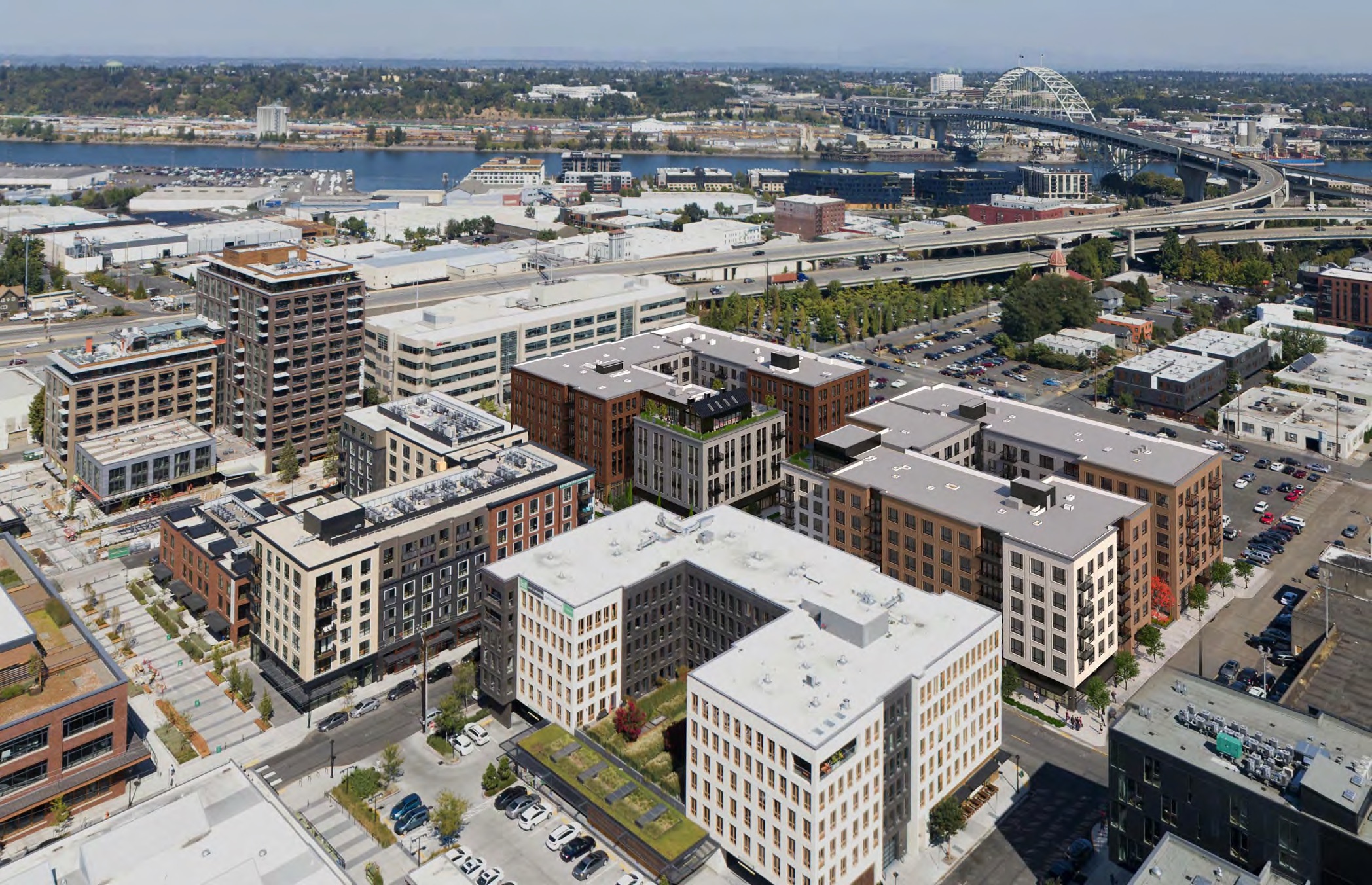
Saltwood North
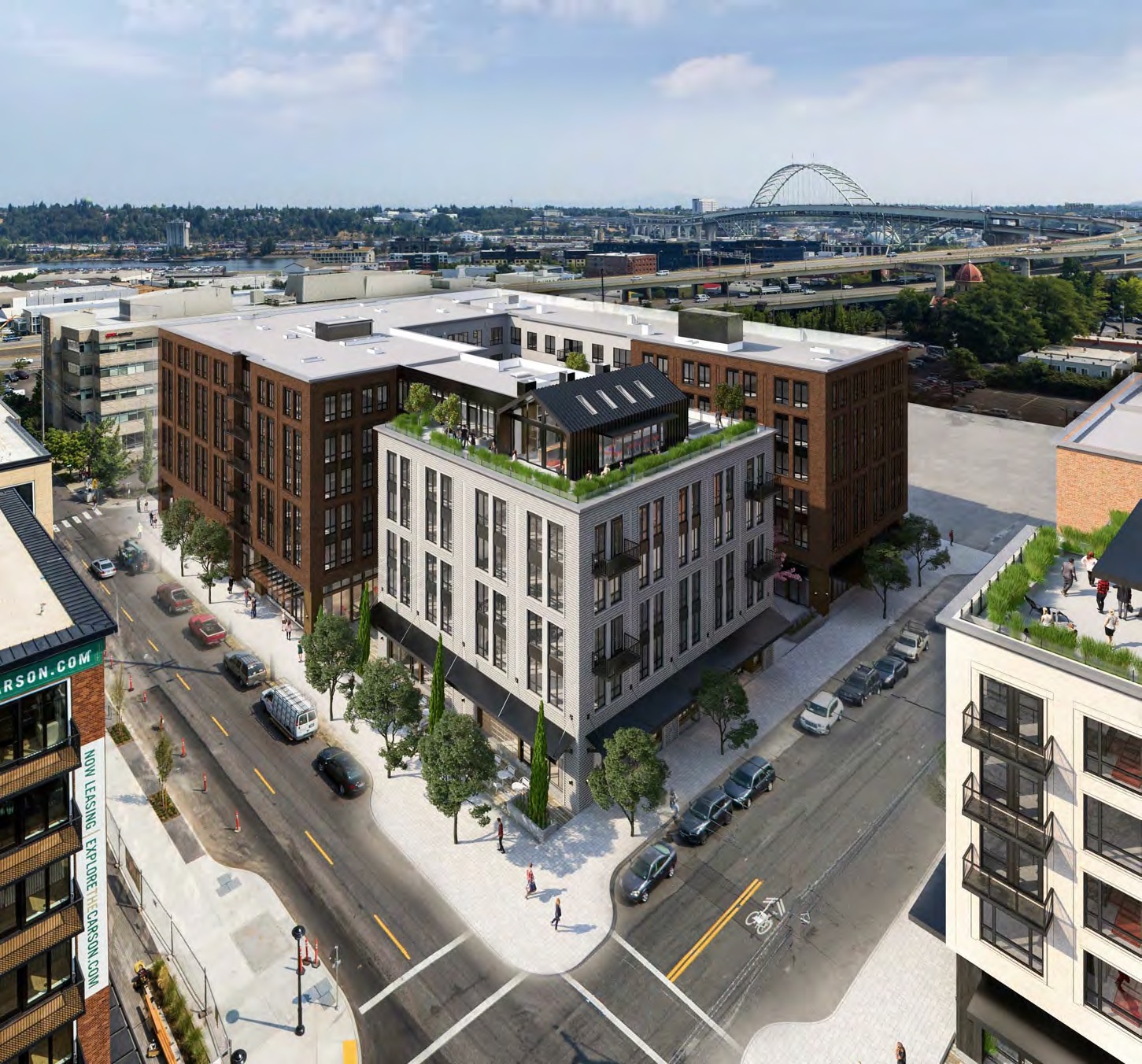
The Saltwood North building will include 177 units, above two levels of below grade parking. 75 of the spaces in the parking garage will be dedicated to employees of XPO Logistics, with the remaining 157 spaces provided for residents.
The building is arranged in a C-shaped plan, with a courtyard facing NW Raleigh St. A breezeway providing access to the courtyard from the street will align with a similar breezeway at the south building of The Carson, located on the west side of NW 21st Ave. Ground floor retail will front onto NW 21st Ave and a portion of NW Raleigh. At level 6 a rooftop deck is proposed, where residents would be able to grow vegetables. A common room will be provided in the “greenhouse” form at the roof.
Materials proposed include brick in “bronzestone” and “ash” colors, chevron shaped metal panel, aluminum clad wood windows, vinyl windows, aluminum storefront, metal panel, and wood siding.
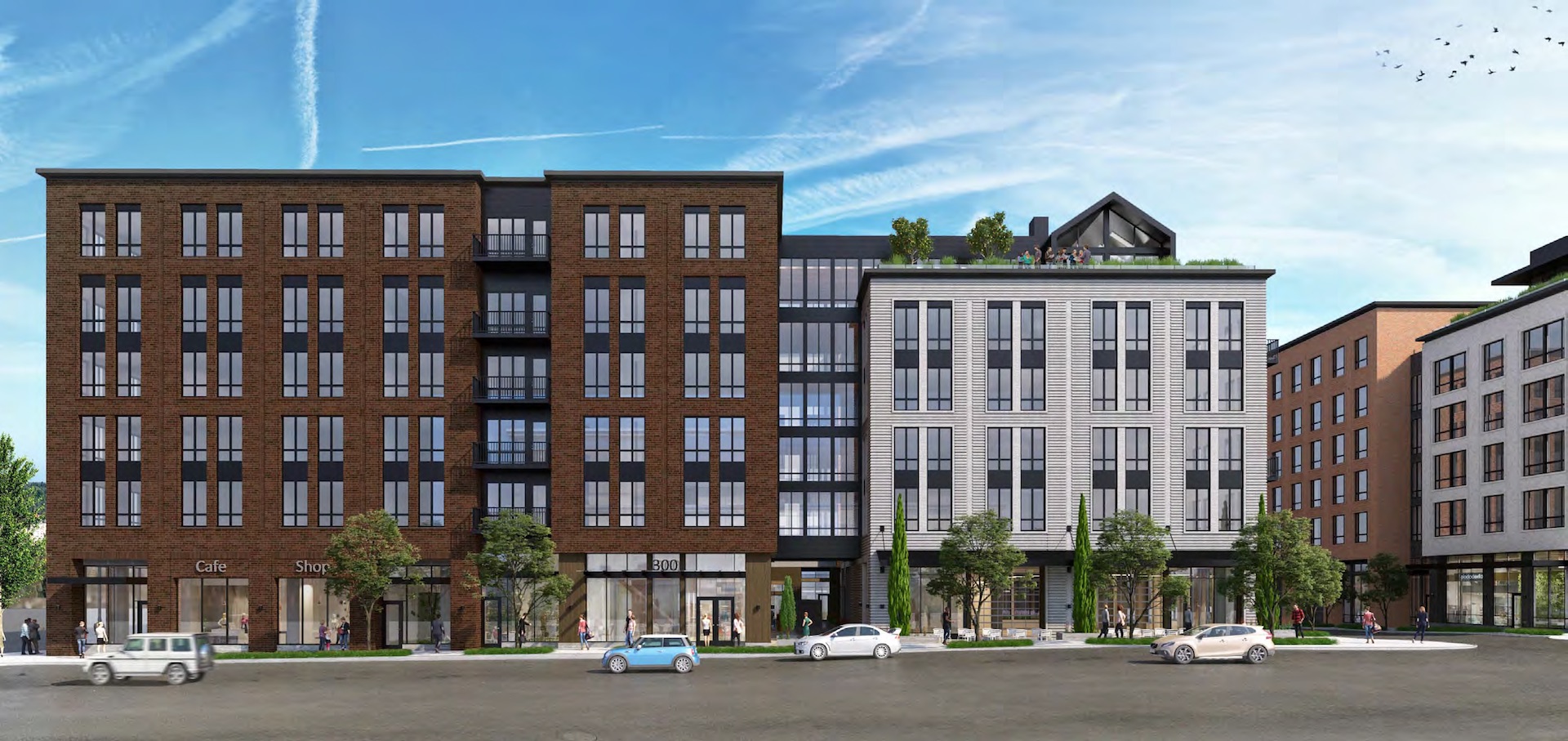
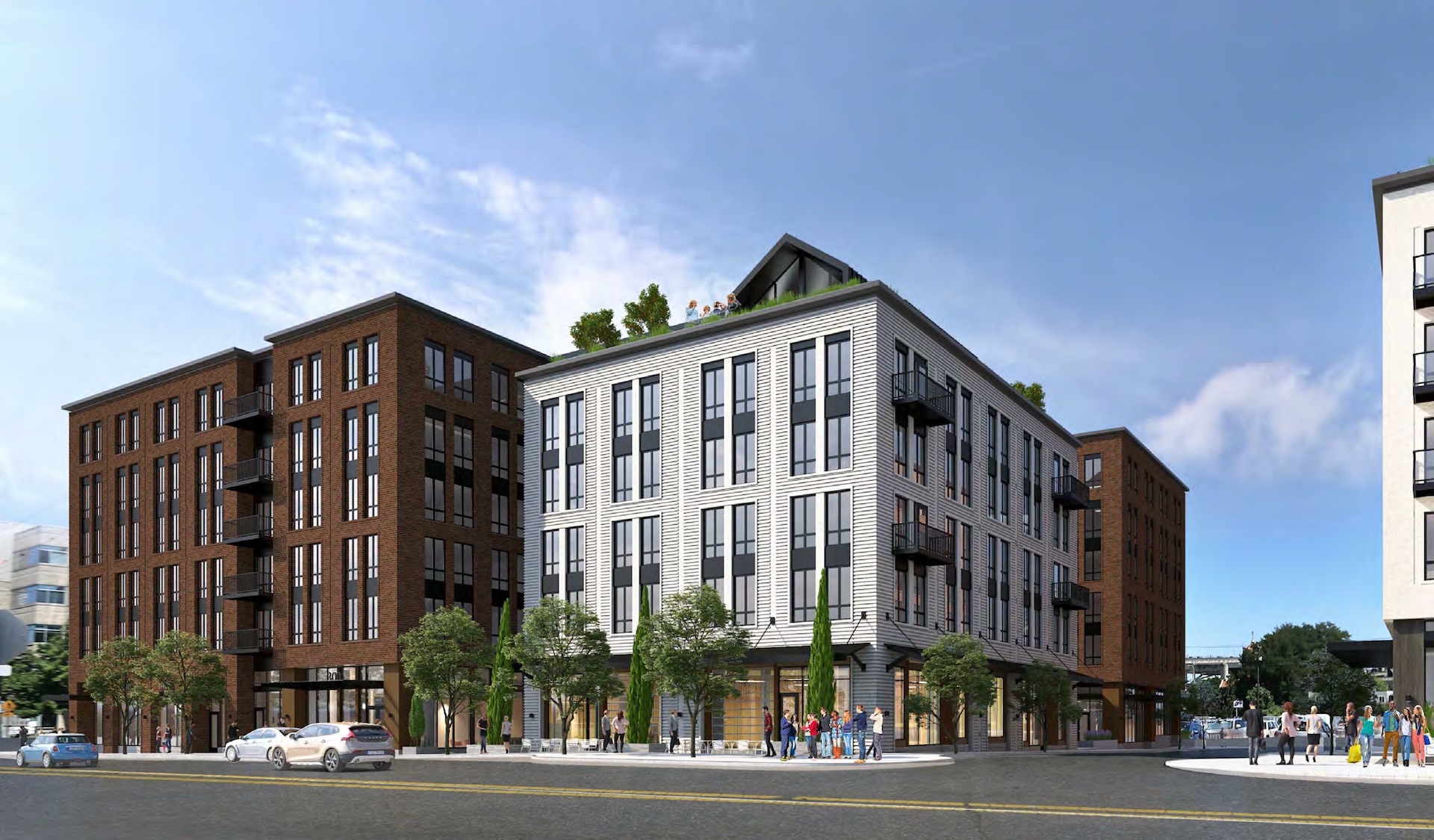
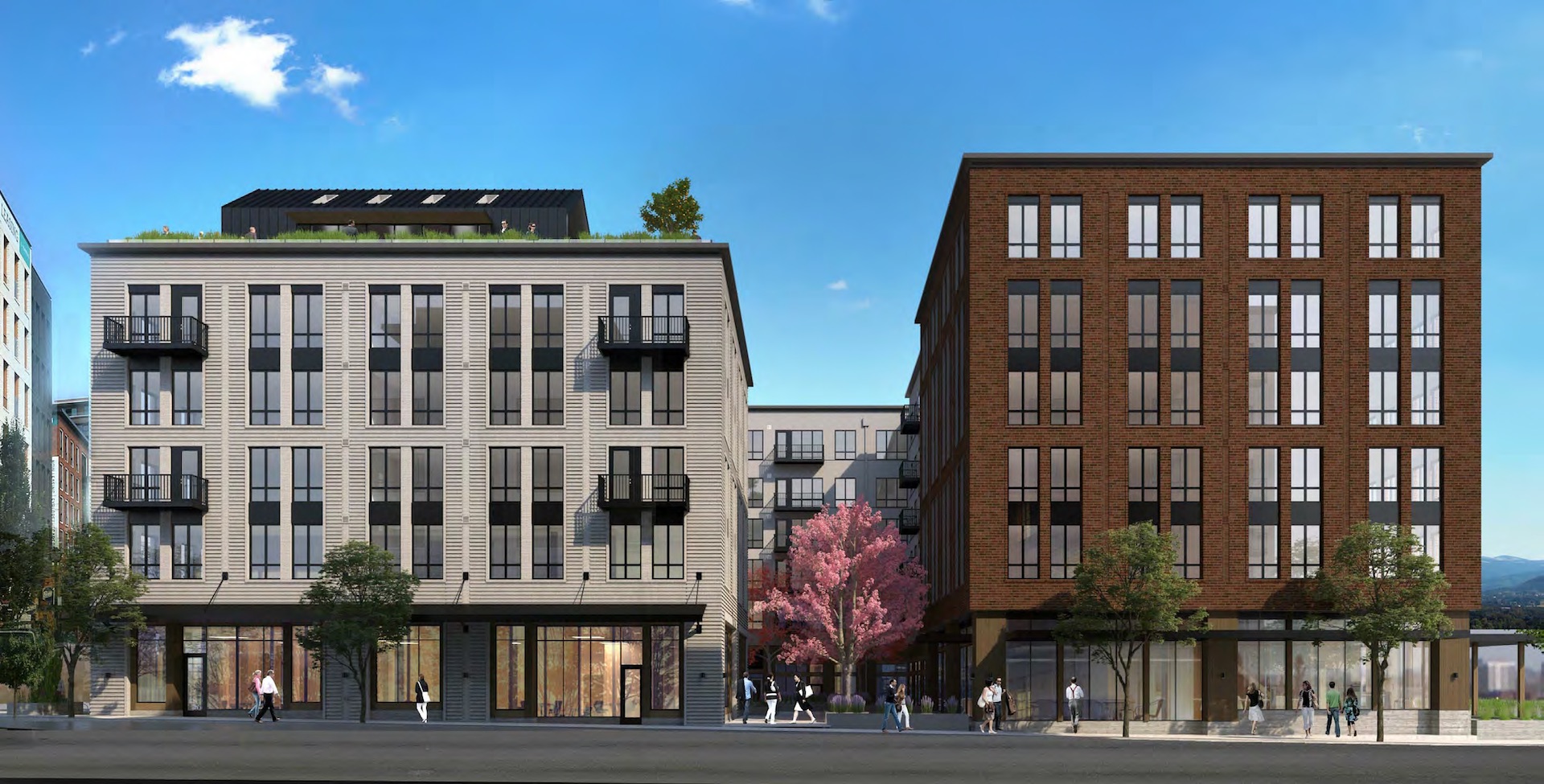
The Saltwood development will build out the western half of the required pedestrian accessway, which will eventually stretch from NW Savier to NW Pettygrove St. At both buildings double height townhouse units with front stoops will front onto the pedestrian accessway.
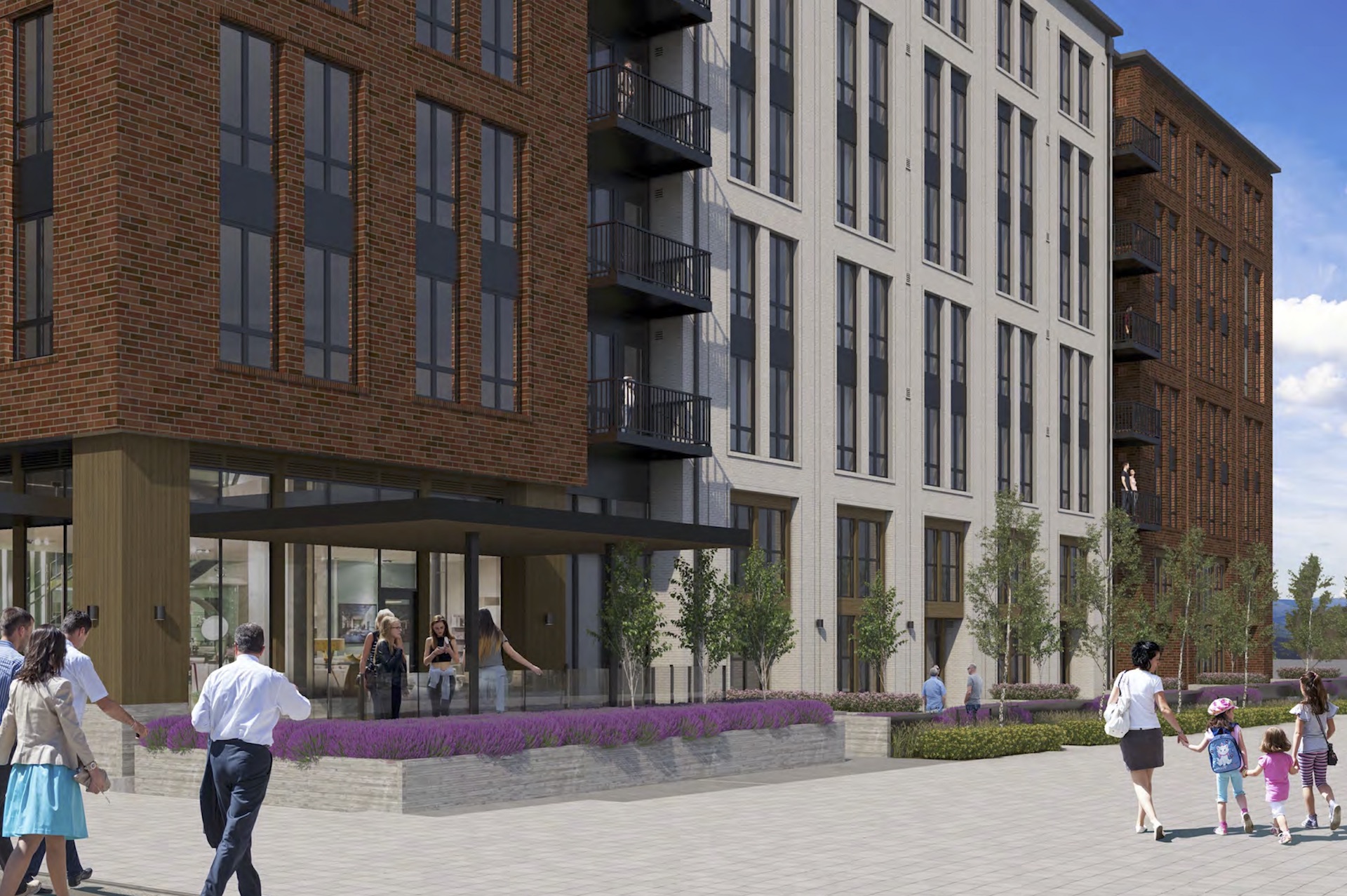
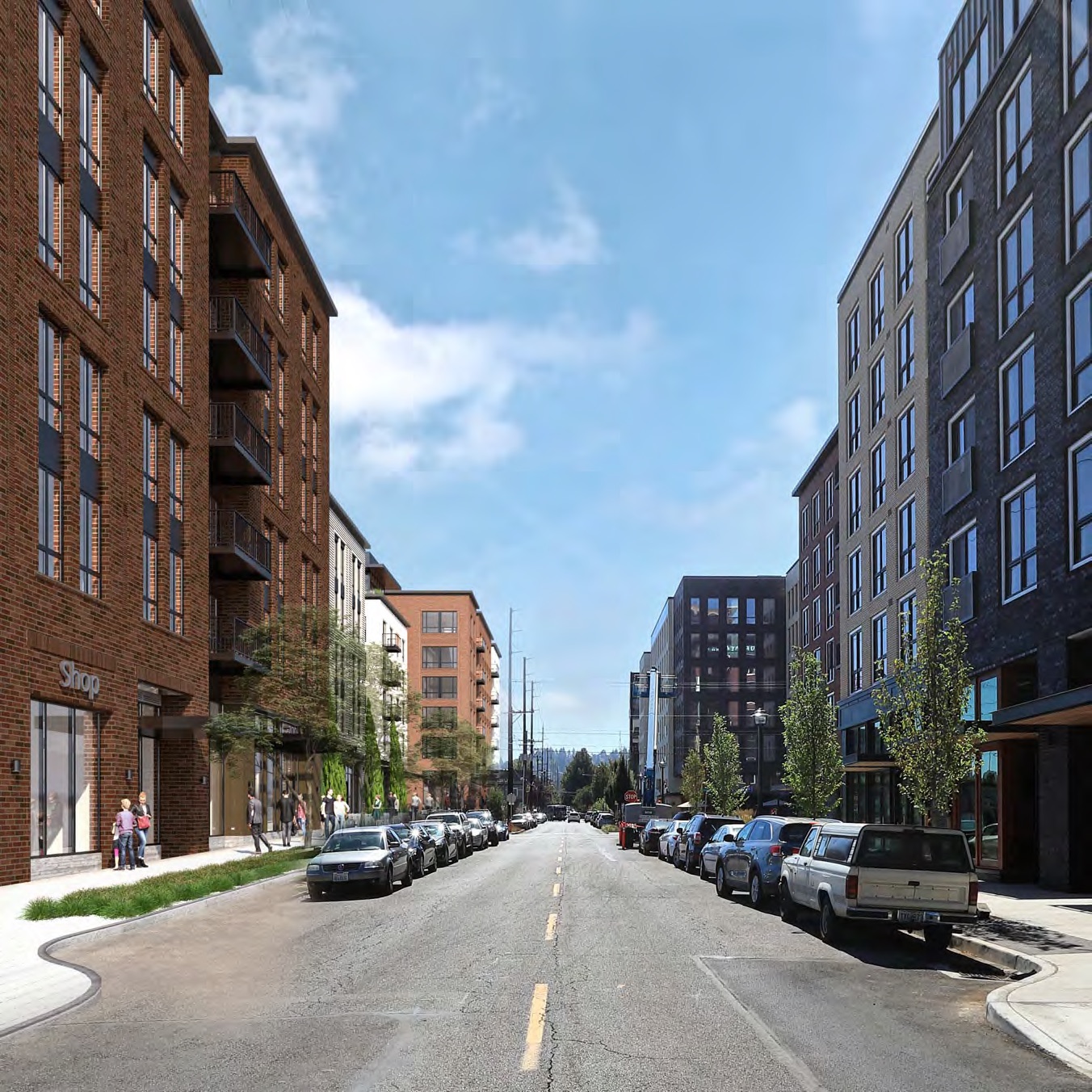
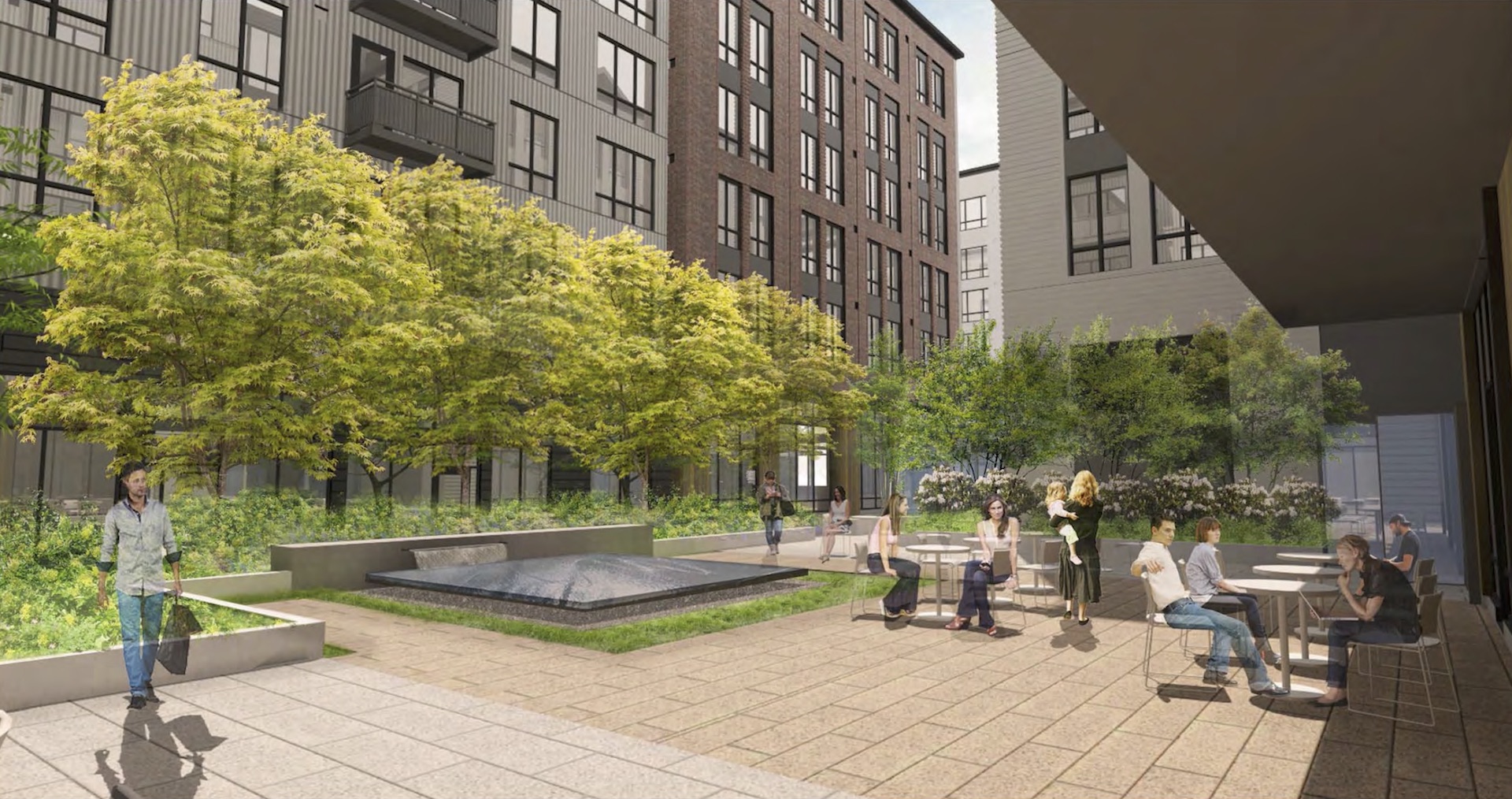
Saltwood South
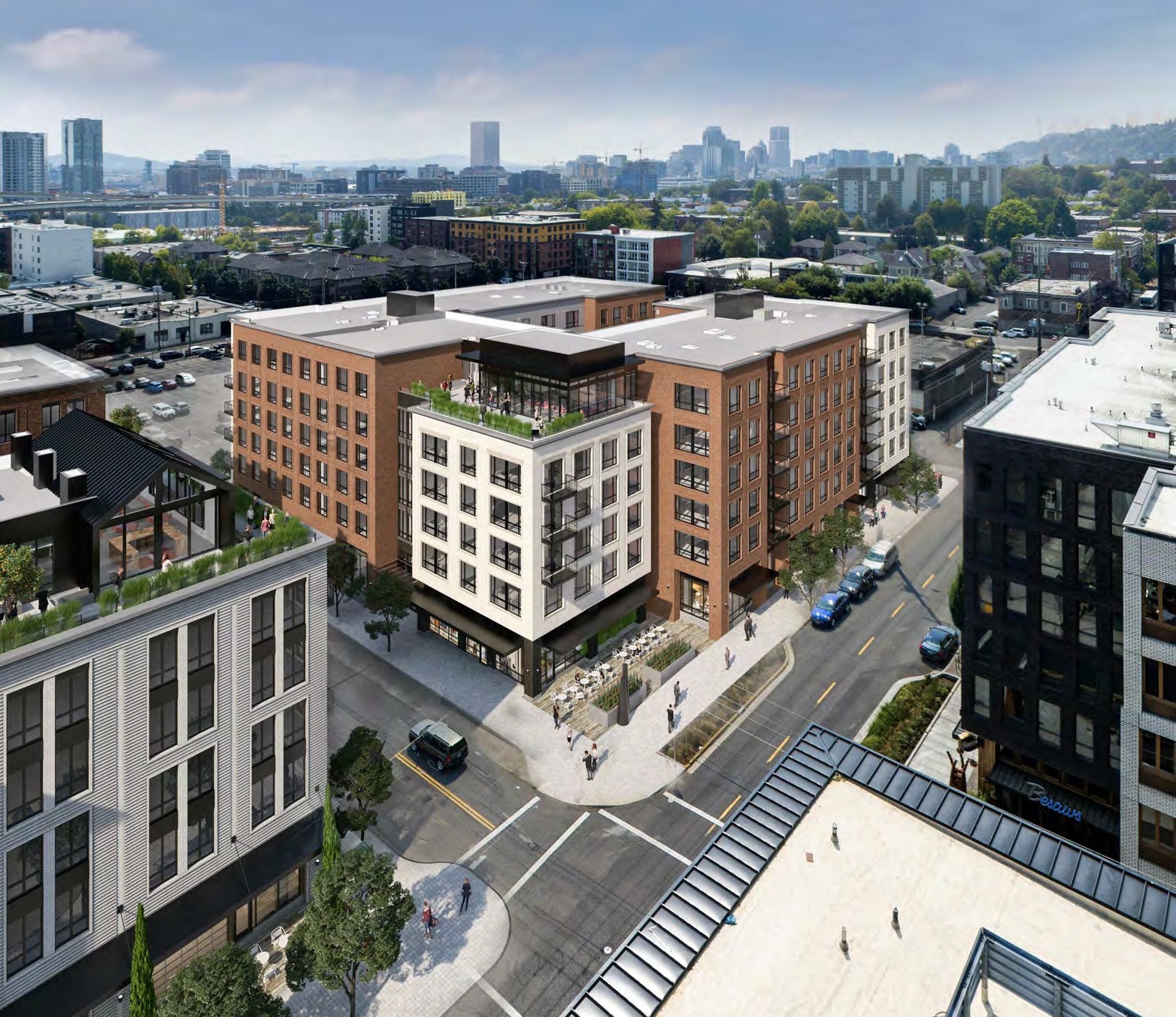
Saltwood South will include a 177 units, over a 130 stall below grade parking garage. The building is also arranged in a C-shaped plan, with a south facing courtyard. The massing of the building steps back at the corner of NW 21st and Raleigh, in a similar fashion to the LL Hawkins across the street. A small plaza space will be created, for spill out from two adjacent retail spaces.
Saltwood South will use the same material palette as the North building, with the exception that the brick used will be “platinum” and “ironstone” colored.
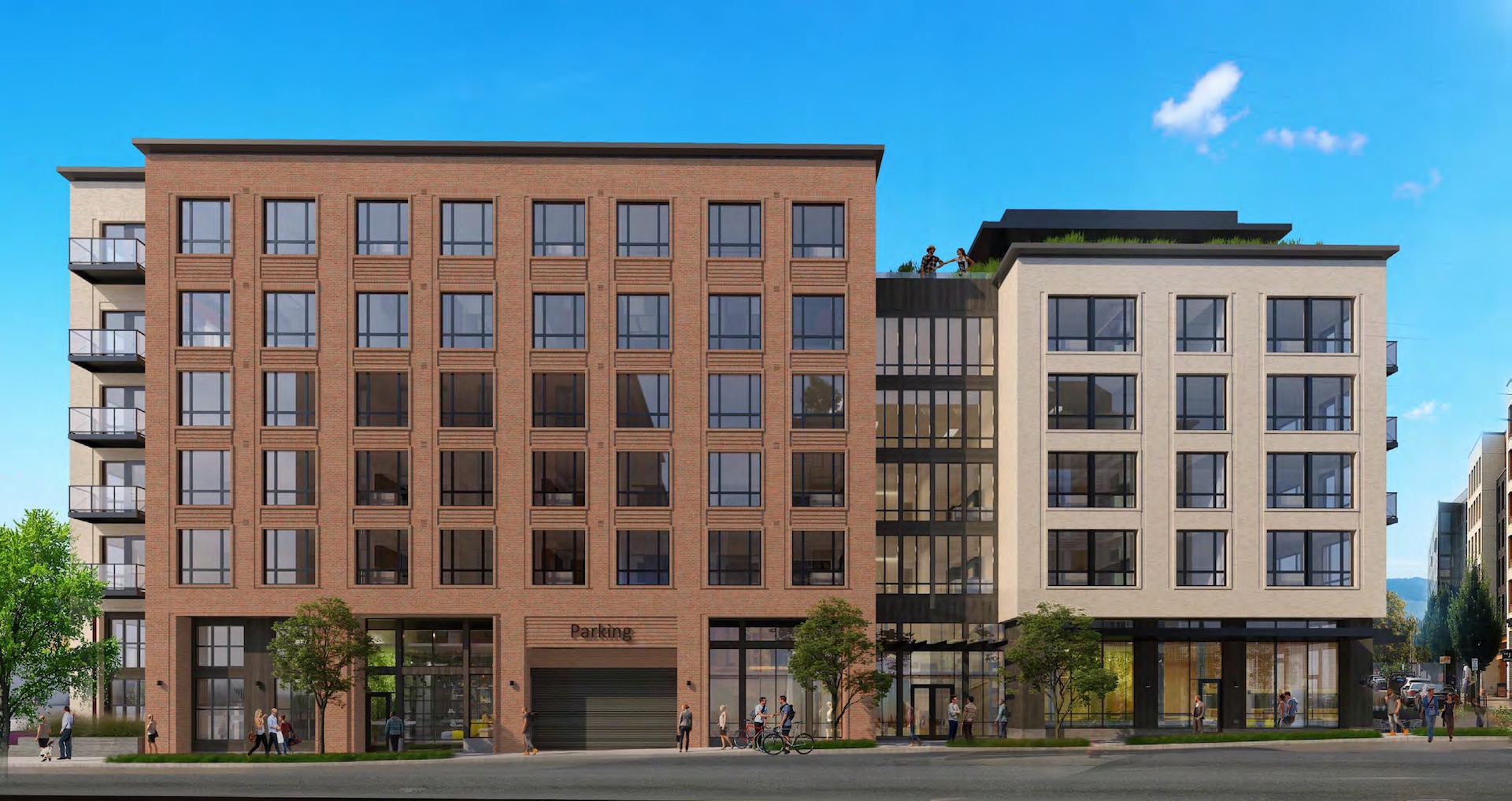
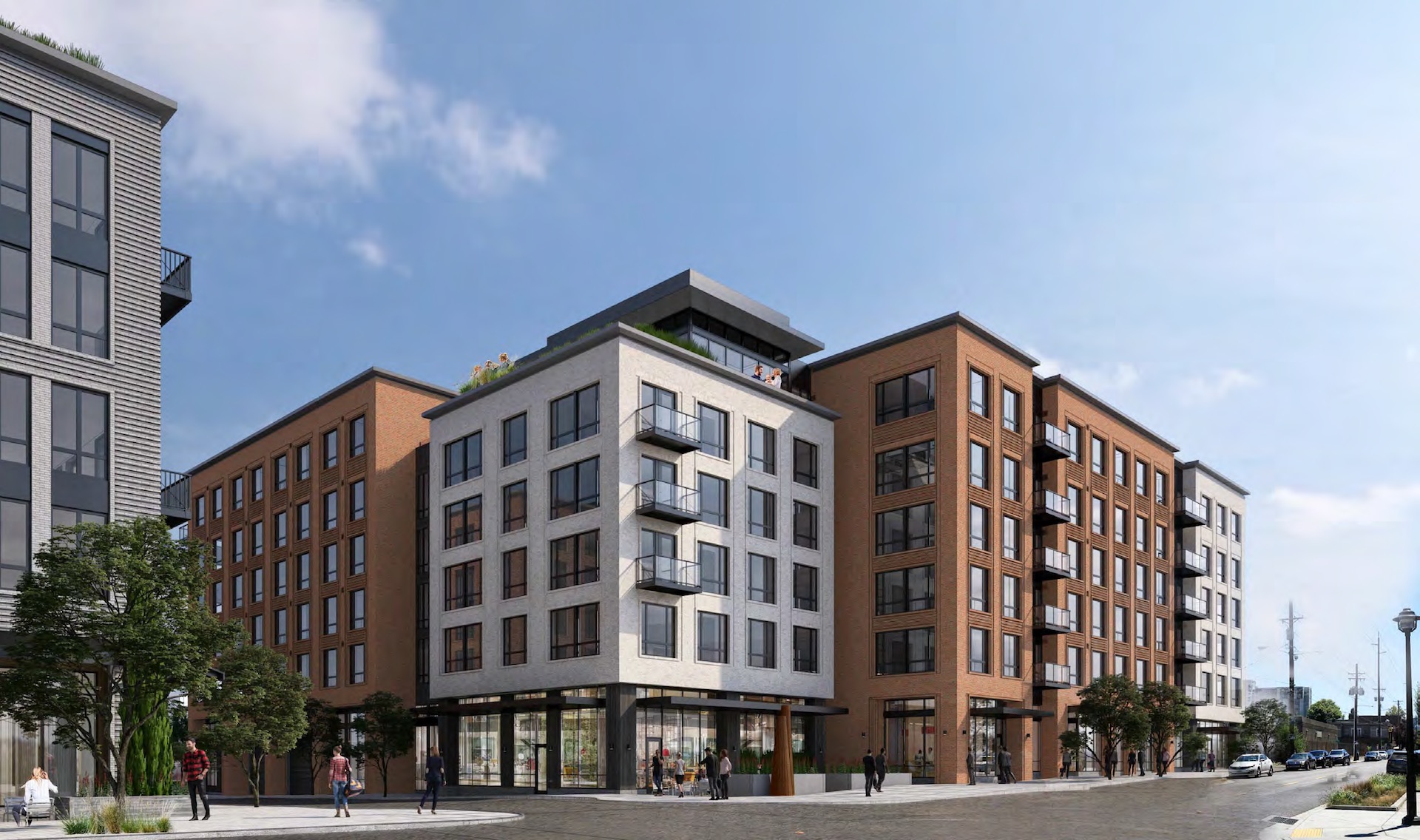
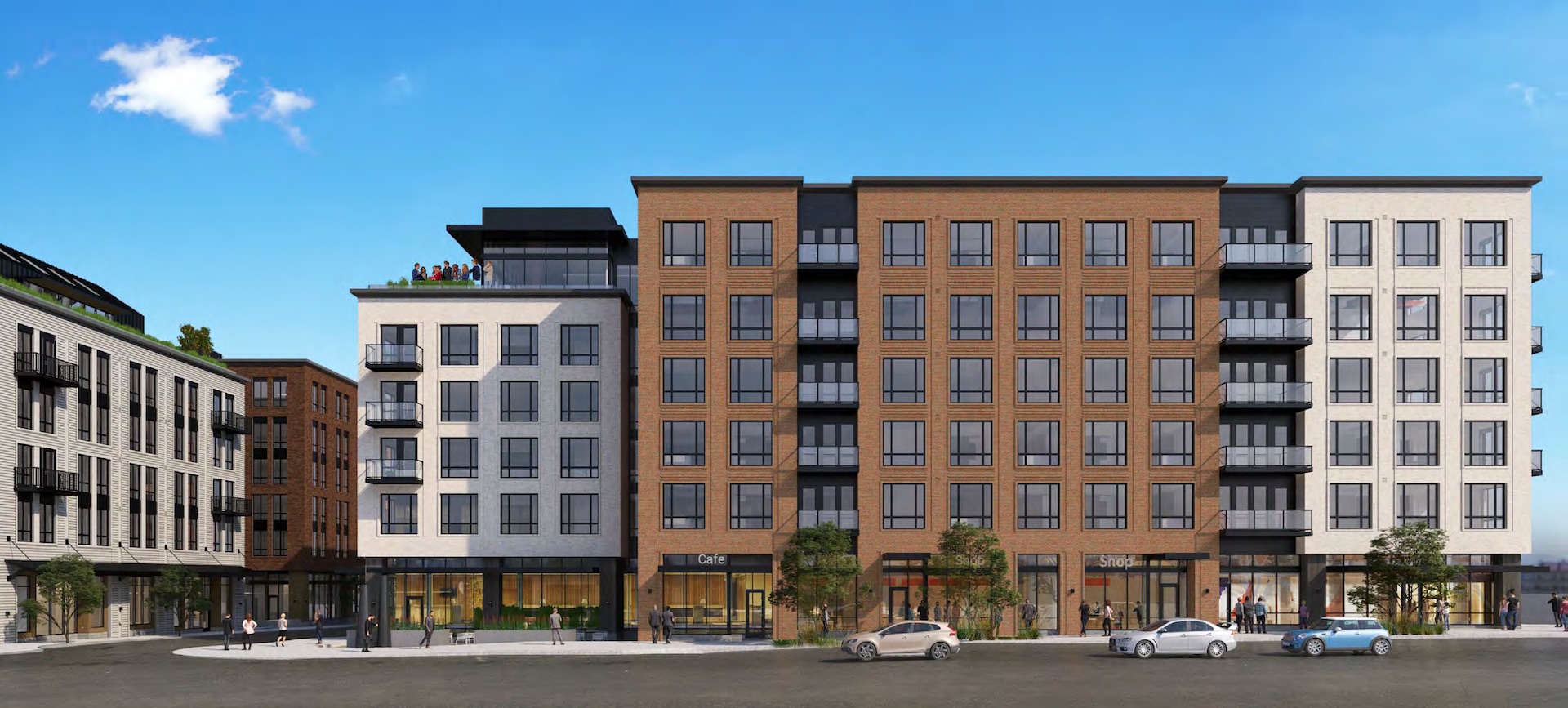
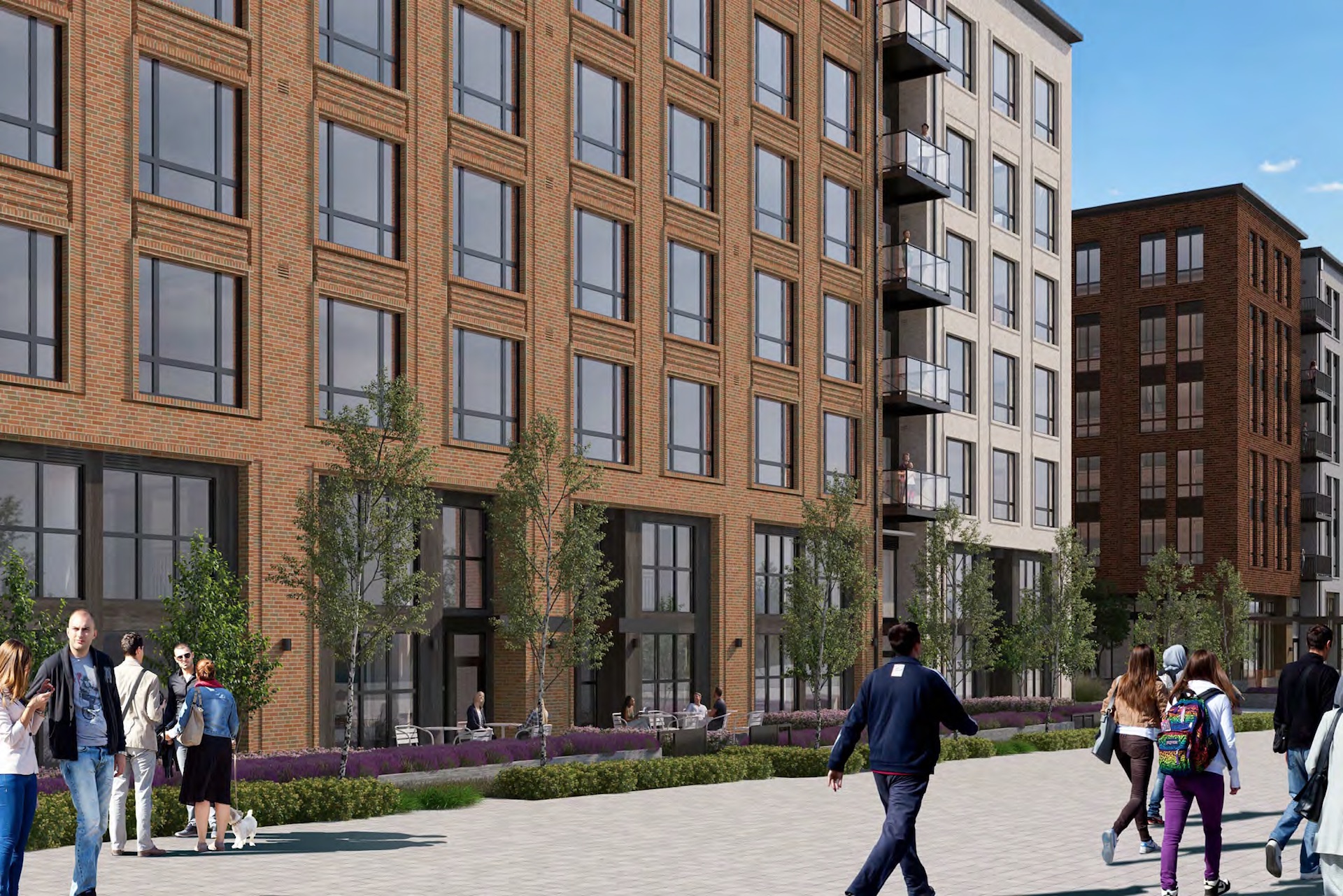
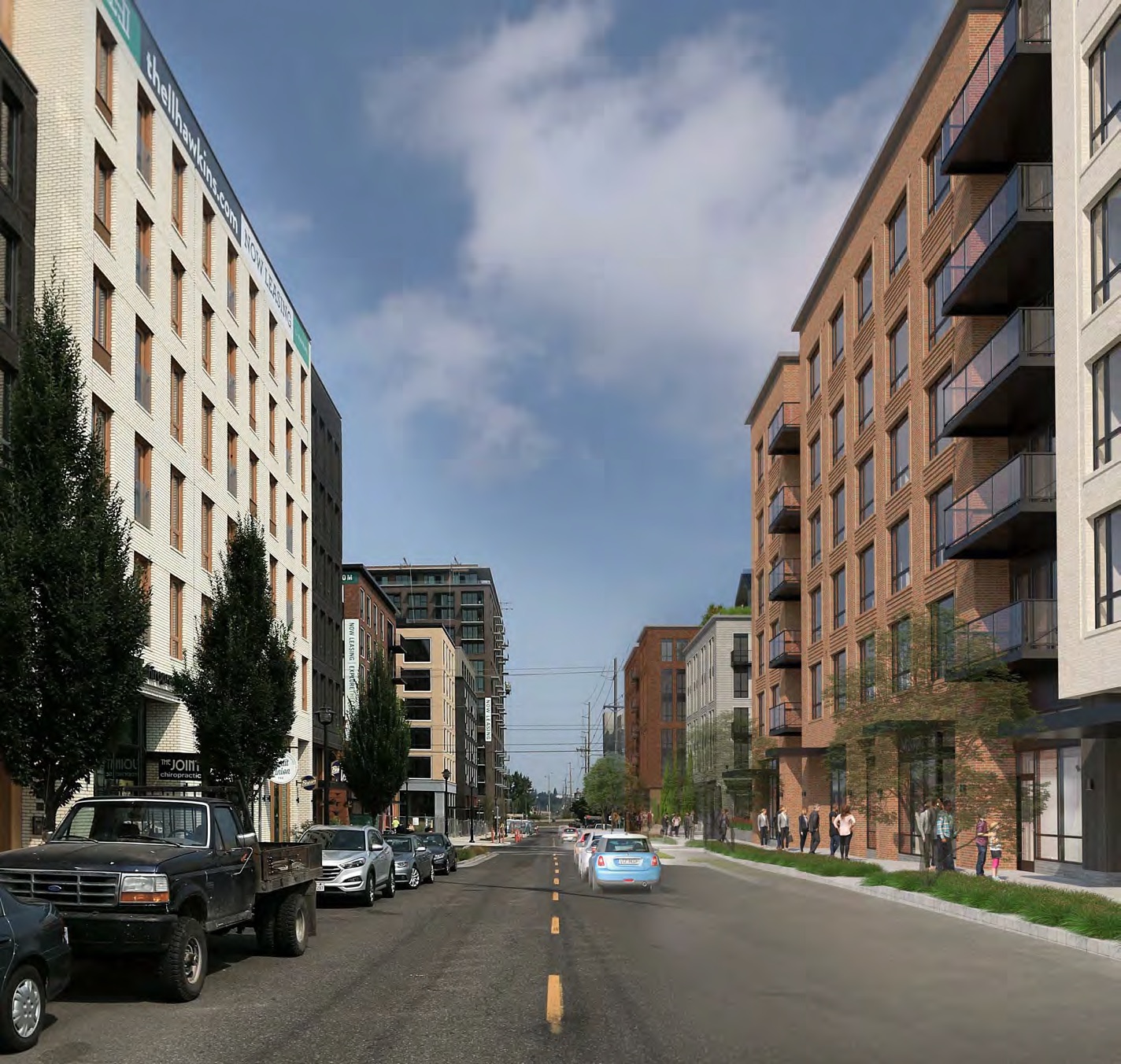
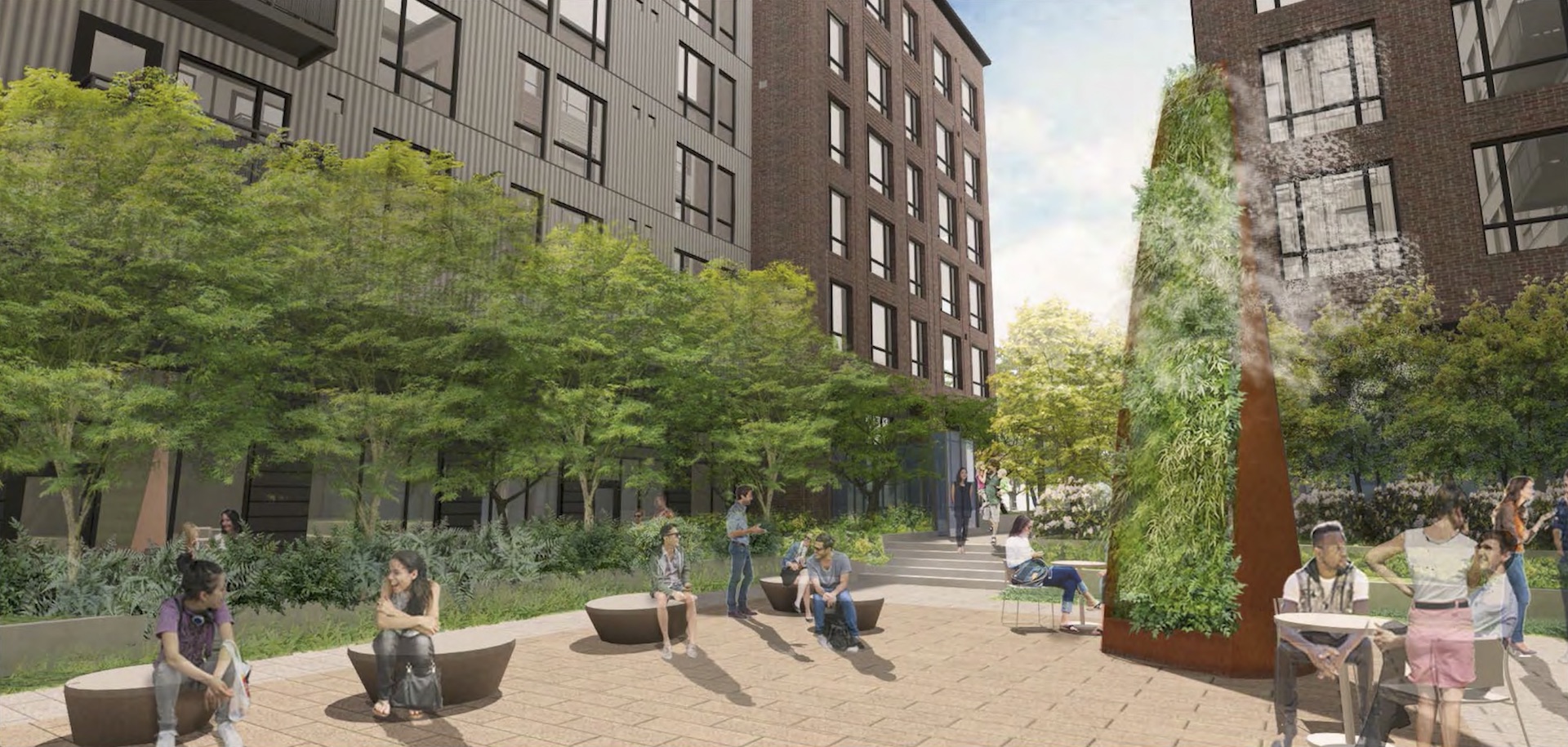
Saltwood was approved by the Design Commission at its first hearing, held on October 4th, 2018. In the conclusion to the Final Findings and Decision by the Design Commission it was noted that the buildings will make a positive contribution to the rapidly growing neighborhood:
The proposed development will replace a two-block surface parking lot and will add to the burgeoning new neighborhood through the introduction of 354 new residential units and approximately 17,000 square feet of ground level retail space. The proposed buildings will be well integrated with the neighborhood through their varied massing, high quality materials (as conditioned herein) and design details and the significant amount of outdoor area devoted to public use for both transportation as well as social engagement and passive recreation. The design review process exists to promote the conservation, enhancement, and continued vitality of areas of the City with special scenic, architectural, or cultural value. As conditioned herein, the proposal meets the applicable design guidelines and modification criteria and therefore warrants approval.
Building permits will be need to be obtained before construction can begin on site.
Drawings
- Context Map
- Plan | Site
- Saltwood North | Plan | Level P2
- Saltwood North | Plan | Level P1
- Saltwood North | Plan | Level 1
- Saltwood North | Plan | Levels 2 to 5
- Saltwood North | Plan | Level 6
- Saltwood North | Plan | Roof
- Saltwood North | Elevation | West (NW 21st)
- Saltwood North | Elevation | South (NW Raleigh)
- Saltwood North | Elevation | East (Accessway)
- Saltwood North | Elevation | North (NW Savier)
- Saltwood North | Elevations | Courtyard
- Saltwood North | Elevations | Courtyard
- Saltwood North | Section | N/S
- Saltwood North | Section | E/W
- Saltwood South | Plan | Level P1
- Saltwood South | Plan | Level 1
- Saltwood South | Plan | Levels 2 to 5
- Saltwood South | Plan | Level 6
- Saltwood South | Plan | Roof
- Saltwood South | Elevation | West (NW 21st)
- Saltwood South | Elevation | South (NW Quimby)
- Saltwood South | Elevation | East (Accessway)
- Saltwood South | Elevation | North (NW Raleigh)
- Saltwood South | Elevations | Courtyard
- Saltwood South | Elevations | Courtyard
- Saltwood South | Section E/W
- Saltwood South | Section | N/S
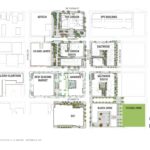
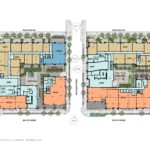
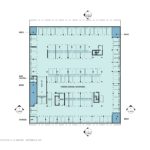
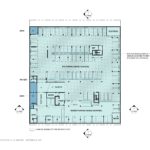
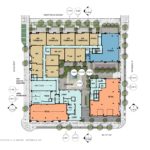
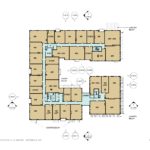
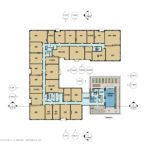
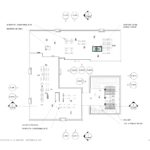
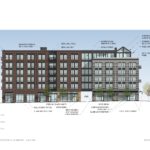
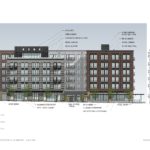
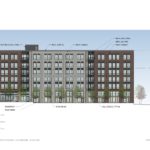
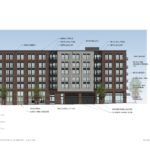
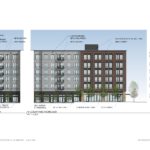
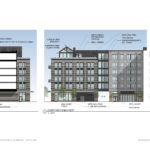
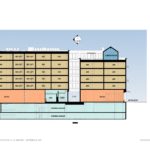
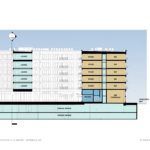
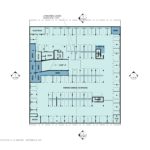
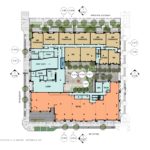
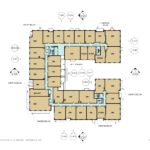
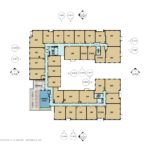
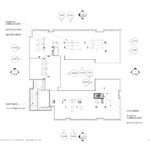
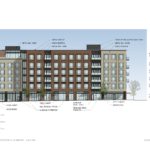
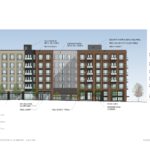
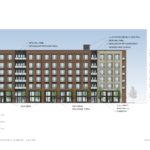
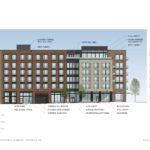
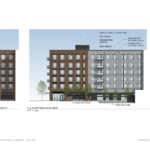
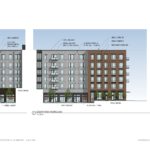
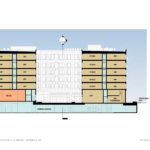
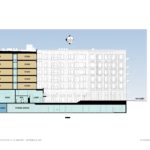
Another 5+1 what a waste of space not to utilize to go vertical
The 5+1 has many advantages that you may want to consider. It can provide very high density, on par with higher buildings, under the right context. Take Paris for example which with few exceptions never exceeds the 7-8 stories but has comparable density to Manhattan. But better yet it is a more affordable construction height. With traditional stud construction you can’t go much higher before you exceed the structural limits per the code. Once you exceed that costs skyrocket .
So why doesn’t everybody do that? If they can get the same density why do they “waste” money on going vertical?
For starters, and I don’t know the specifics of this site, they probably can’t go much taller. If they could go taller once you go to the more expensive construction process you have to add floors well beyond that threshold before you can pencil out the full concrete construction. This is why it is not uncommon to find high rises that are all the same height which is one foot lower than a a code enforced engineering upgrade.
Another issue is when we set aside an insane amount of the city for detached single family sprawl that displaces deman to the few places that allow for high density. So developers respond by building as high as possible. It is great to see the 5 over 1 because it meets the high density demand at a human scale.
So I checked at Portland maps. They are limited to 65’ or a little higher with bonuses. 3:1 FAR, up to 5:1 with bonuses. So basically they are building to the limit. If you want higher building vote for politicians that want to relax land use restrictions as I would do if someone ever ran on that platform.
The Con-way masterplan area is pretty unique, in that new development there is subject to the masterplan that was approved in 2012, and not the current zoning. The FAR for the entire district is capped at 3:1, with transfers inside the district allowed. The height limits for these blocks is set at 87′ facing NW 21st and 77′ facing the accessway. Even if the developer wanted to, they wouldn’t be allowed to build towers on this site. What they’re proposing appears to max out what’s allowed.
I agree we seem to have a taboo in building taller buildings., Yet it is a common mantra in this town, why are we building “stubby” buildings. Yes there is a cost benefit analysis in higher buildings, but that did not prevent the 30 story KOIN tower to be built, or the 35 story on block 216 that is going to be built.
Are these short stubby 7 story buildings taking into account the “livability and humanity” of the city, or will it eventually all look like a boring office park in suburbia?
I am going to mention a few fancy words: Juxtaposition and contrast. Both are needed to portray an interesting landscape, and going taller provides that. Otherwise, calling Portland “stump town” is going to have a whole new meaning that will not be very flattering.
Amsterdam, Barcelona, Berlin, Florence, Kyoto, Lisbon, Lyon, Quebec City, St. Petersburg, Rome, Thessaloniki, Vienna, Washington D.C., and Zurich. What do these cities have in common? They are widely regarded as charming & livable places; they are popular tourist destinations; and they are low-rise cities with few buildings taller than about ten stories. They are cities of “stubby” buildings.
I very much appreciate the fact that, for the most part, Portland city leaders have not conflated the quality of our urban life with soaring buildings, that they have refused to go along with the conventional thinking of other American cities – even West Coast ones like L.A., San Francisco, Seattle and Vancouver – that to be respectable, we must build ever taller, sculpting ever more dramatic skylines, chasing the lower Manhattan model.
Our buildings both reflect and help perpetuate social, economic and political conditions. New York City, the very quintessence of American urbanity, illustrates this perhaps most starkly. Yes, it is a thrilling place to behold and I admit to loving to visit. But it is also a place of sharp and disturbing contrasts. Who inhabits the soaring heights there? The privileged – those who are rich and powerful, who mostly can, if they choose, avoid the hoi polloi on the streets. The spectacular inequality of building heights in New York mirrors the dramatic social inequality there. And yet, the city’s best loved neighborhoods to live are mostly smaller- and lower-scale places often populated by similar-looking brownstones, places like Greenwich Village, the Upper East and West Sides of Manhattan, Brooklyn, and, increasingly, Harlem. These are older places build before the invention of the elevator made taller buildings practical. Their scale reflects our natural human dimensions. They would be made no less wonderful, charming places to live were the city’s contrasting skyscrapers to disappear.
I think, for the most part, Portland’s built environment is showing deference to our democratic spirit; to our desire for a pleasing, textured, and active street-level experience; and to our beautiful natural environment.
I really like that shed-style structure with a sloped roof on one of the rooftops. I like that it’s not super silly and integrated in the roofline of the overall building, but designed as a standalone structure on the planned rooftop. Typically I hate simulated history, but it just looks like a really fun space.
I am not a fan of a whole district of 200 by 200 foot buildings being designed to look like a clump of 50 foot buildings. Very Disney to my eye.
I agree with your sentiment. But I have also felt as a pedestrian walking in districts like Conway in which the breaking down of the 200 ft façades into 50 ft and 100 ft façades that may step forward or back from one another really helps humanize the streetscape. Better if they were independent buildings designed by different architects, but that is not the case in the Conway master plan area. As shops move in and street trees develop a canopy, the urban feel becomes more comfortable while the architecture is not pure.
If you look where many people love to live in cities, you’ll see them in neighborhoods with 4-6 story buildings that don’t look that much different from one another. Consider, for example, The upper East and West Sides of Manhattan, Brooklyn, Paris, etc. An important question is: for which vantage point are we building? When we talk about an impressive –that is, tall skyline– we’re adopting a perspective at a considerable distance from the skyscrapers; we’re looking at the place as an outsider. For neighborhood resident walkers and visitors, tall buildings mean neck-craning, not pleasant posture for long.
Shorter buildings can be easily taken in by the street level vision. And they do not lord over us, but respect the scale of narrow streets (which bless so much of Portland), and offer the possibility of dialog between inhabitants inside buildings and people outside that is impossible at the higher altitude of towers. In fact, one of the selling points of building towers is that tenants can look over the street scene below and behold distant vistas. The greater the physical distance between street and window, the greater the social and psychological distance.
I am delighted that, for the most part, Portland does not vie with other cities for epic scale, but opts instead for human-scale development, for charm. Having visited and lived in several cities, the tourist me is exhilarated by the heroic verticality of great urban places, but the resident me prefers to live in cities that choose smaller, humble intimacy instead.
No complaints about height and density, just making a single building try so hard to look like five different buildings. The Conway district is filling up with them.
Where is the greenspace? Will there be none? The buildings going in look nice – certainly nicer than the industrial buildings and parking lots they are replacing. But with that density of people moving into the neighborhood, we need a little park space with stormwater filtering.
My comment is more along the lines of preference. I’ve always wondered why Portland makes no effort to encourage or require the undergrounding of power lines. I’ve seen the construction all over the city and you can’t tell me that people enjoy looking out on those unsightly lines, not to mention the visual confusion and blight they encourage. I know that high tension lines are prohibitively expensive to place underground, but couldn’t developers and the city work together to eliminate these lines and improve aesthetics around town? The high tension lines could be placed on high tech-looking steel poles to minimize their intrusion.
In a city that claims to value aesthetics (look at the hand-wringing over the “mistakes” made at Burnside Bridgehead) and studies things to death, one would think Portland would be at the forefront in eliminating this third-world look.